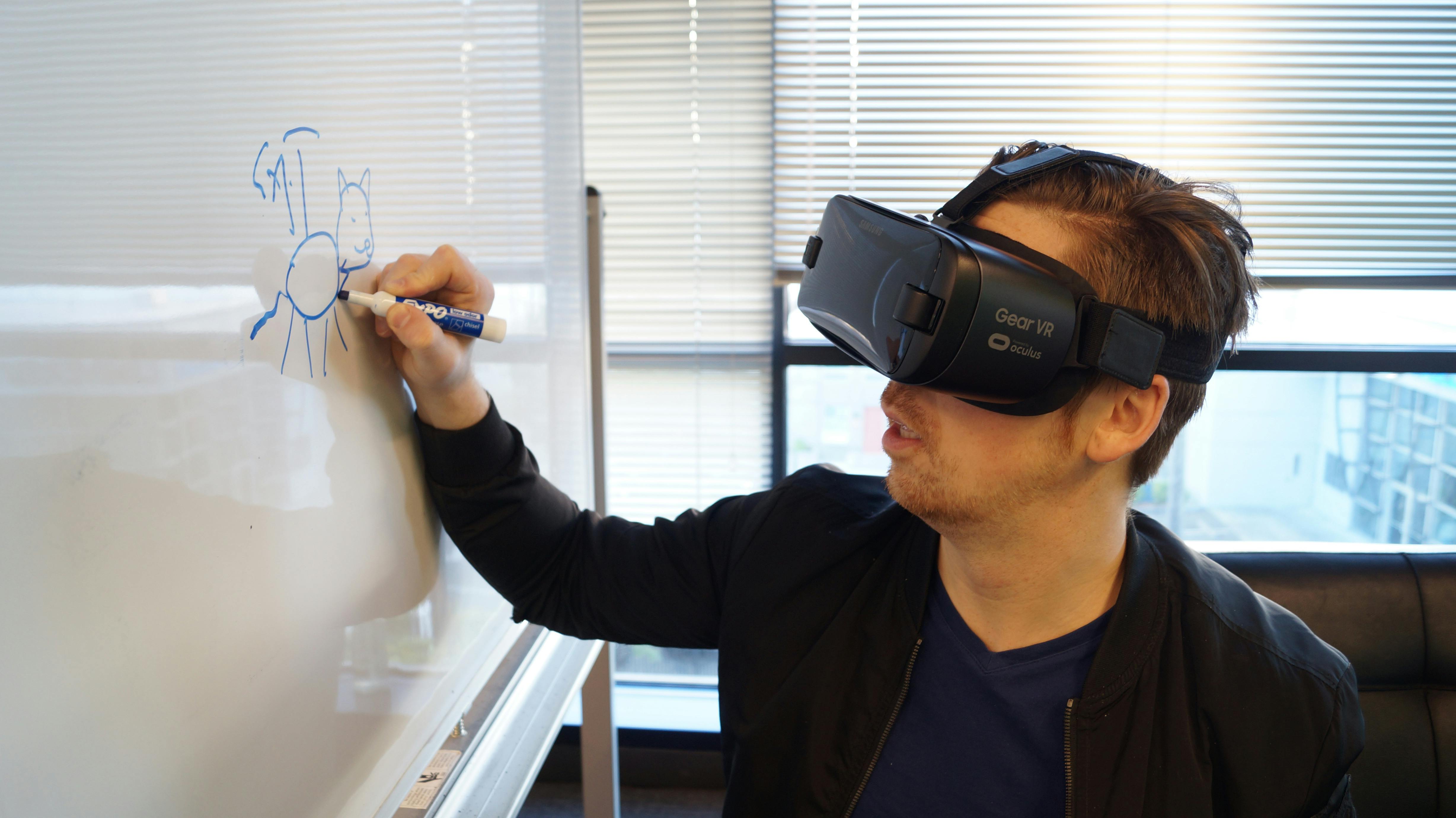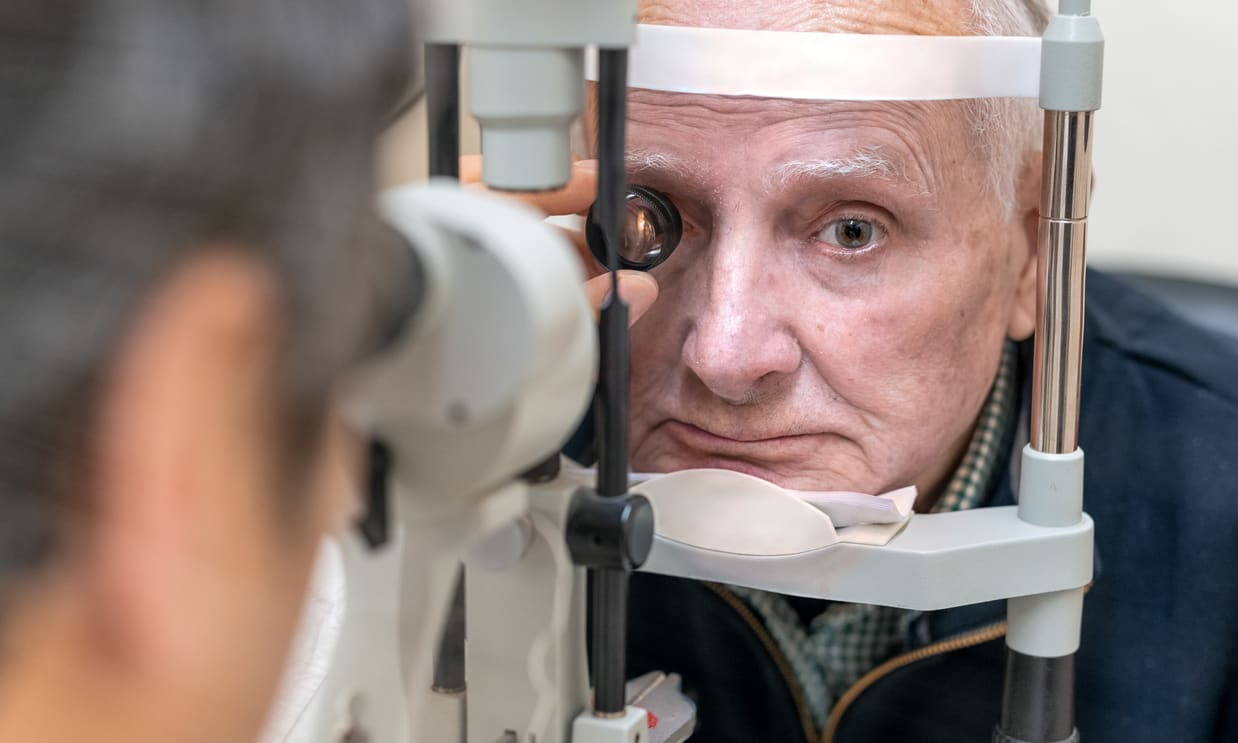Rethinking the Artistic Landscape: The Unexpected Rise of Virtual Reality in Performing Arts
In the rapidly evolving world of performing arts, one trend has emerged as a game changer—virtual reality (VR). This technological marvel has transformed the way we perceive, create, and consume art, offering thrilling new possibilities for artists and audiences alike.

Tech Meets Tradition: A Brief History of VR in Performing Arts
The integration of technology in performing arts isn’t a new development. From the invention of moving pictures to the introduction of sound in cinema, technology has always played a crucial role in revolutionizing the way stories are told. However, the advent of VR has taken this relationship to new heights. It started making waves in the performing arts scene around the early 2010s, with experimental theatre companies and innovative artists exploring its potential. What began as a curious exploration has transformed into a full-fledged artistic movement that is redefining the boundaries of creative expression.
Latest Developments: The Current State of VR in Performing Arts
VR’s role in performing arts has only grown in importance in recent years, particularly in the wake of the COVID-19 pandemic. With physical gatherings becoming a challenge, artists are turning to VR as a means to reach their audiences. New platforms are being developed, such as Oculus’s VR Theatre, which allows users to experience performances from the comfort of their homes. Meanwhile, artists are also utilizing VR to create immersive experiences that transcend the physical limits of traditional stages, offering audiences a level of engagement that was previously unimaginable.
Impact and Significance: The Power of VR in Performing Arts
The significance of VR in performing arts cannot be overstated. By providing a platform for artists to create immersive, interactive experiences, VR has opened up new avenues of creative expression. It offers a level of engagement that goes beyond passive consumption, allowing audiences to actively participate in the artistic process. This transformative power of VR is not just changing the way we produce and consume art, but also challenging our very understanding of what art can be.
Reception: Embracing the Future of Performing Arts
The reception of VR in performing arts has been overwhelmingly positive. Artists and audiences alike are embracing this new medium, excited by the endless possibilities it offers. Critics are also lauding VR for its potential to democratize the arts by making performances more accessible to those who may not have the means or opportunity to experience them in traditional settings. Despite the challenges and uncertainties that come with any new technology, the consensus is clear—VR represents the future of performing arts, and it’s here to stay.
The Road Ahead for VR in Performing Arts
As the performing arts industry continues to evolve, the role of VR will undoubtedly become even more significant. While the technology is still in its nascent stages, the possibilities it offers are limitless. As artists continue to push the boundaries of what is possible with VR, we can expect to see more immersive, engaging, and transformative experiences in the years to come. The future of performing arts is here, and it’s virtual.




